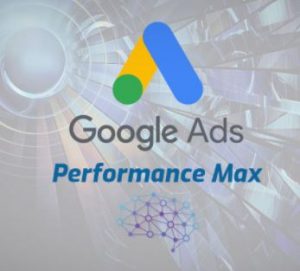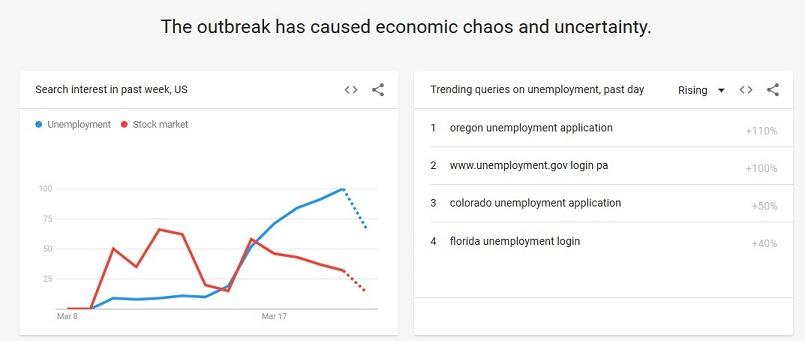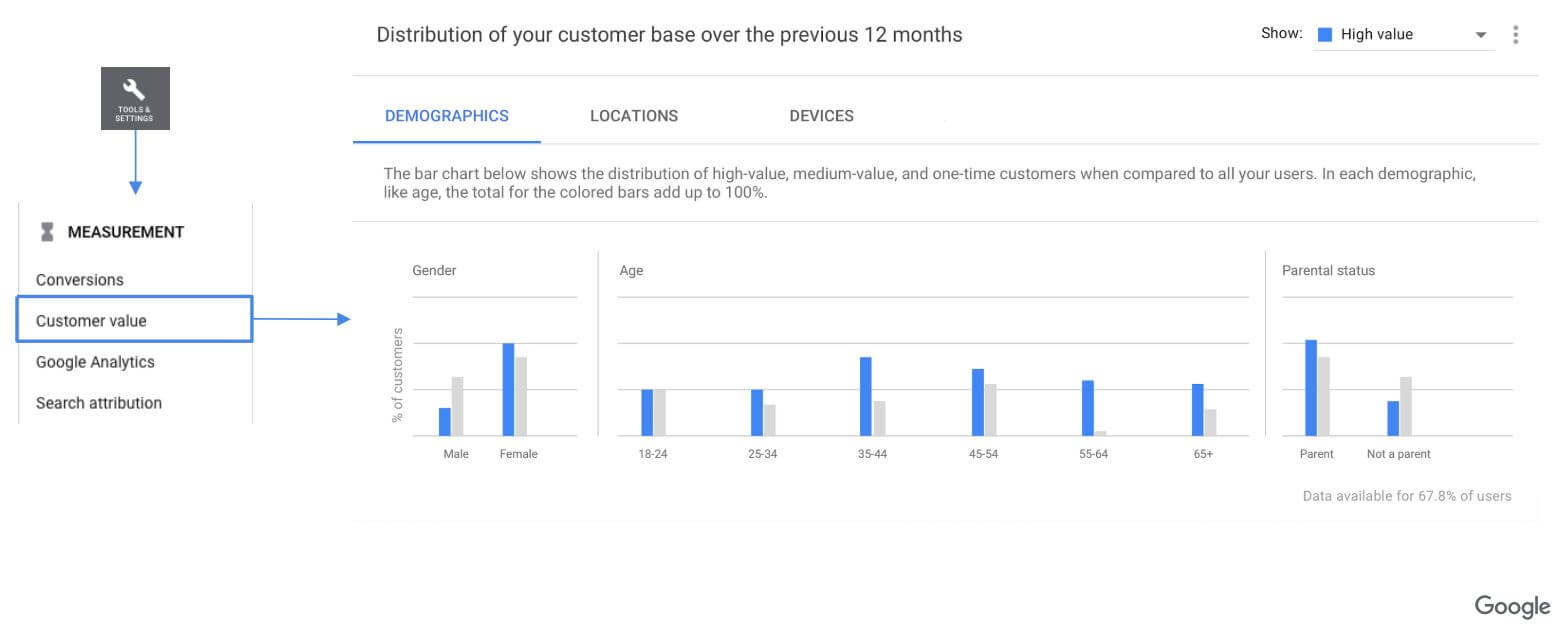This type of advertising has a huge impact on the success of an online business. PPC ads makes your brand awareness better, but they also boost sales too. Even Google confirms that search ads can raise brand awareness by 80%. If you run succesful PPC campaigns but not getting enough out of this advertising platform, check out these 9 ways to maybe improve your game.
1. Have a well-defined goal
- Getting traffic to your website
- Improving sales
- Getting subscribers or downloads
First things first, you need to determine what you want to achieve from your paid search ads.
Until you set a clear and measurable goal, you can’t optimize your PPC campaign to match what you are aiming for. Your goal is the first step of your optimization process. If you don’t have a proper map to follow, you won’t get anywhere.
2. Use the high-performance keyword
In any PPC campaign, it is extremly important to choose the right keywords. Even though there is lots of tools, including the Google one for creating keyword lists, to be sure your campaign is good you need to choose the keywords that have high CTR. Before including specific keywords in your ad copy, check the for their performance and pick only those with excellent one. If your audience resides in a different countries, it is good thing to use a VPN service and find which keywords are ranking in their location.
3. Optimize the quality of keyword score
- The relevancy of your keywords to your ad copy
- Click-through rate (CTR)
- Landing page experience
One of the basic reasons many PPC campaigns don’t get the results that they wanted is that they have too many keywords. An average PPC campaign makes all of its sales from only around 12% of its keywords. So, avoid keyword overloading and instead improve the keyword quality score.
Focus on creating headlines that are relevant and can hit the right points of your target audience. Keywords with high CTR will help you generate traffic, which can improve your conversion rates. You can use Dynamic text replacement (DTR) feature to match your ad’s keyword with the content of your landing page.
4. Create a list of negative keywords
Negative keywords can save your campaign budget as it prevents your ads from being triggered by wrong searches. These keywords help you avoid traffic you don’t want hitting your ads.
5. Write engaging ad copy
Put all your efforts into making engaging ads as ad copy plays a big role in making your campaign a success.
- Your ad copy should clearly state about your USP and why people should choose you over your competitors
- Try to be as relevant as possible.
- Create attention-grabbing headlines
- Add a compelling call-to-action
- Consider using power words such as Instant, Hurry, Exclusive, Free, Today Only, etc.
6. Utilize remarketing
A high bounce rate is a common thing in PPC marketing but remarketing is an great way to capture those missed opportunities. It enables you to show targeted ads to users who have already viewed your products or services.
7. Use ad extensions
There are two types of ad extensions, Manual Ad extension and Automatic Ad extension. Add extensions are an good way to reveal extra information about your product or service.
A manual ad extension is a customizable extension that has many more extension types such as site link, call out, location, review, etc. Automatic ad extension works automatically but has few types such as customer rating, the previous visit, dynamic site link, etc.
8. Optimize your campaigns for mobile users
Today, when almost half of the global population uses a smartphone, you can’t neglect mobile users when creating your PPC campaign. Be sure that your landing pages are mobile-friendly and give attention to short-tail keywords as mobile users do not prefer to type in long search queries.
9. Keep track of your PPC campaign
You need to monitor your PPC campaign regularly if you wish to have a success with it. If you’re using Google Ads, Google analytics should be a good tool for you or you can invest in an automation solution that can offer closed-loop reporting. No matter what kind is your business, PPC advertising can help you gain better visibility on search engines and boost conversion.
 – Facebook is being sued
– Facebook is being sued – Youtube has been added to Google Ads attribution reporting
– Youtube has been added to Google Ads attribution reporting Spotify is adding users faster than it thought it would, It has 320 million active and 144 million paid subscribers, miles beyond rivals. – Engadget
Spotify is adding users faster than it thought it would, It has 320 million active and 144 million paid subscribers, miles beyond rivals. – Engadget Linkedin has launched a new tool for Job Seekers, crucial in these pandemic times. – TechCrunch
Linkedin has launched a new tool for Job Seekers, crucial in these pandemic times. – TechCrunch![Google Ads get more Youtube Data, Facebook is being sued, Spotify recovers & More – [MMC-4]](https://adaxa.agency/wp-content/uploads/2020/10/4.png)
![Google Performance Max Campaigns,TikTok & Shopify, Shopping Cart Abandonment & More – [MMC-3]](https://adaxa.agency/wp-content/uploads/2020/10/3.png)
 Google’s Performance Max Campaigns are the thing that caught our interest since it was announced. We are not the only ones that are interested in how things are going to work with existing campaigns, surely, a useful thing for small business it’s going to be handy. But Performance Max Campaigns raised a lot of eyebrows when it comes to bigger accounts where we have more established search, display or other types of Campaigns.
Google’s Performance Max Campaigns are the thing that caught our interest since it was announced. We are not the only ones that are interested in how things are going to work with existing campaigns, surely, a useful thing for small business it’s going to be handy. But Performance Max Campaigns raised a lot of eyebrows when it comes to bigger accounts where we have more established search, display or other types of Campaigns.













